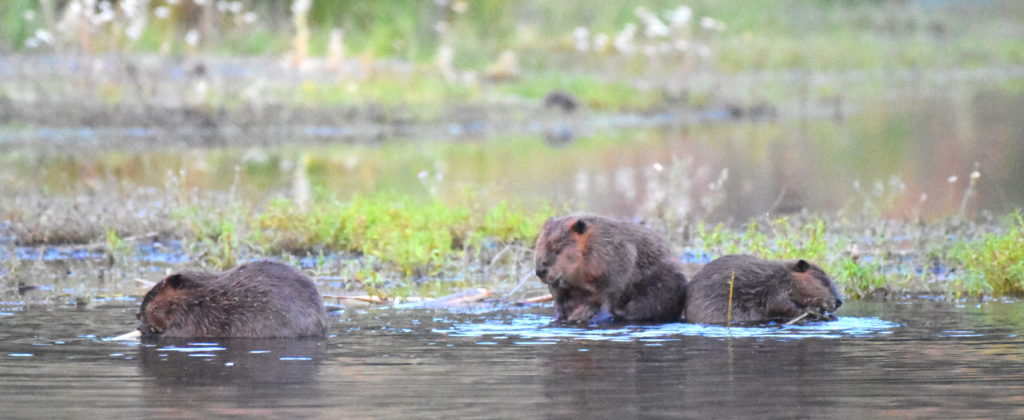A series of lessons (4-6 days) adaptable for 5th-10th grade.
Unit created by Sarah Burstein-Sinnott for the Smith River Alliance and BFT Youth Stewardship Project
Teaching Resources
- Teacher guide (PDF)
- Teacher PowerPoint (PPTX)
- Student handout (PDF)
- Assessment letter (PDF)
- Biologist interview/presentation (PDF)
- Creating Cultural Stewardship: Beaver in California (PDF)
Statement of Inquiry: “Beavers are wetland engineers who physically modify the environment more than any other non-human organism in the Northern Hemisphere.” (Beaver in California: Creating a Culture of Stewardship” Occidental Arts and Ecology Center WATER Institute)
Essential Questions:
- What is the role of beaver on Klamath Mountains watersheds?
- How do beaver structures affect the ecosystem?
- How can the engineering and design process help us solve problems?
Objectives: I can…
- Explain beaver ecology (knowing/understanding)
- Use and reflect on the engineering and design process (processing/evaluating)
- Connect to current research (reflect on impacts of science)
Overview: Students will gather information on beaver ecology and apply this to a hands-on activity. Using the engineering and design cycle students will design, test, and redesign beaver-inspired structures and evaluate their process by reflecting in journals. Students will demonstrate their understanding through writing a letter as the culminating piece of the unit.


Leave a Reply
You must be logged in to post a comment.